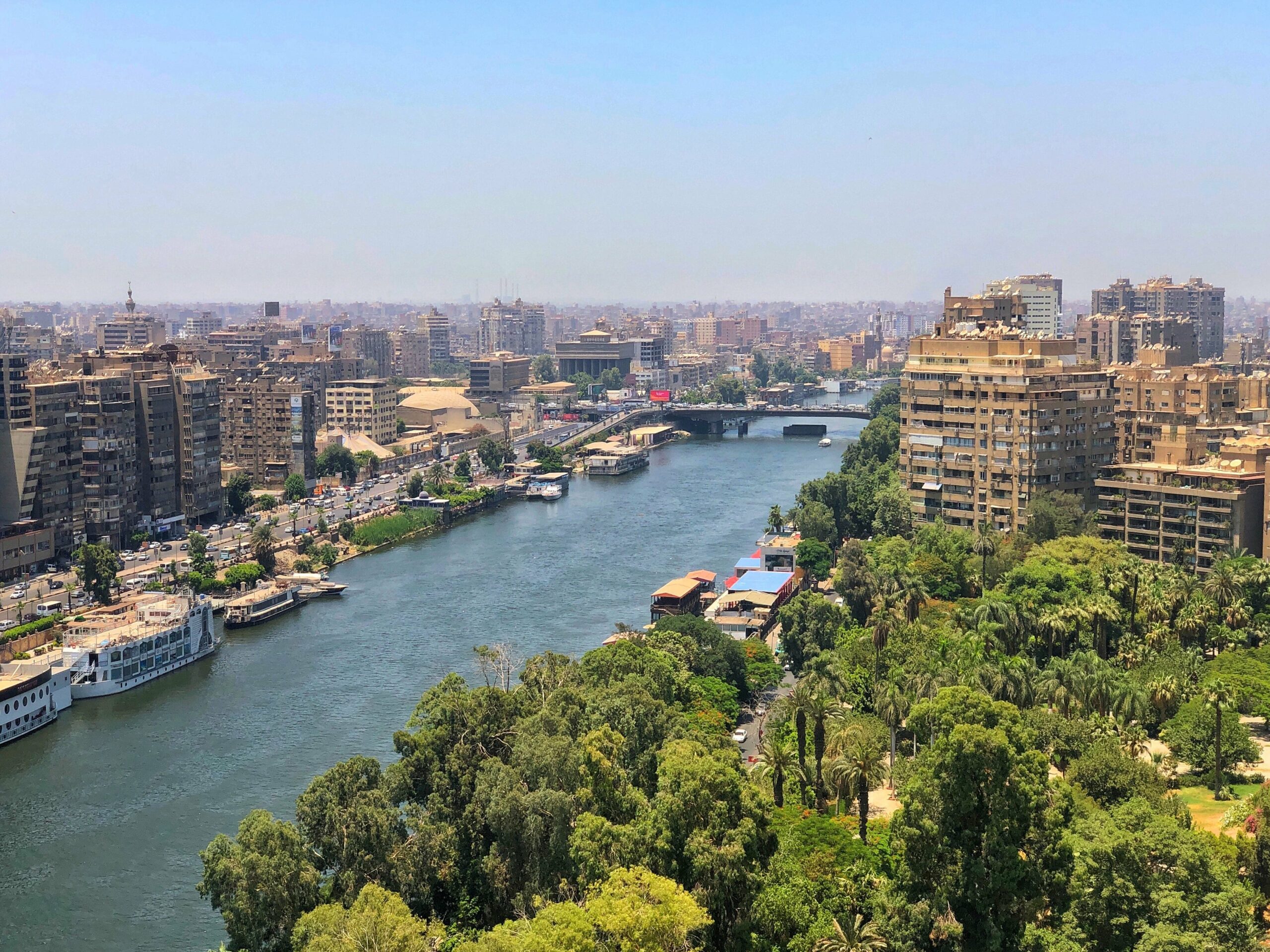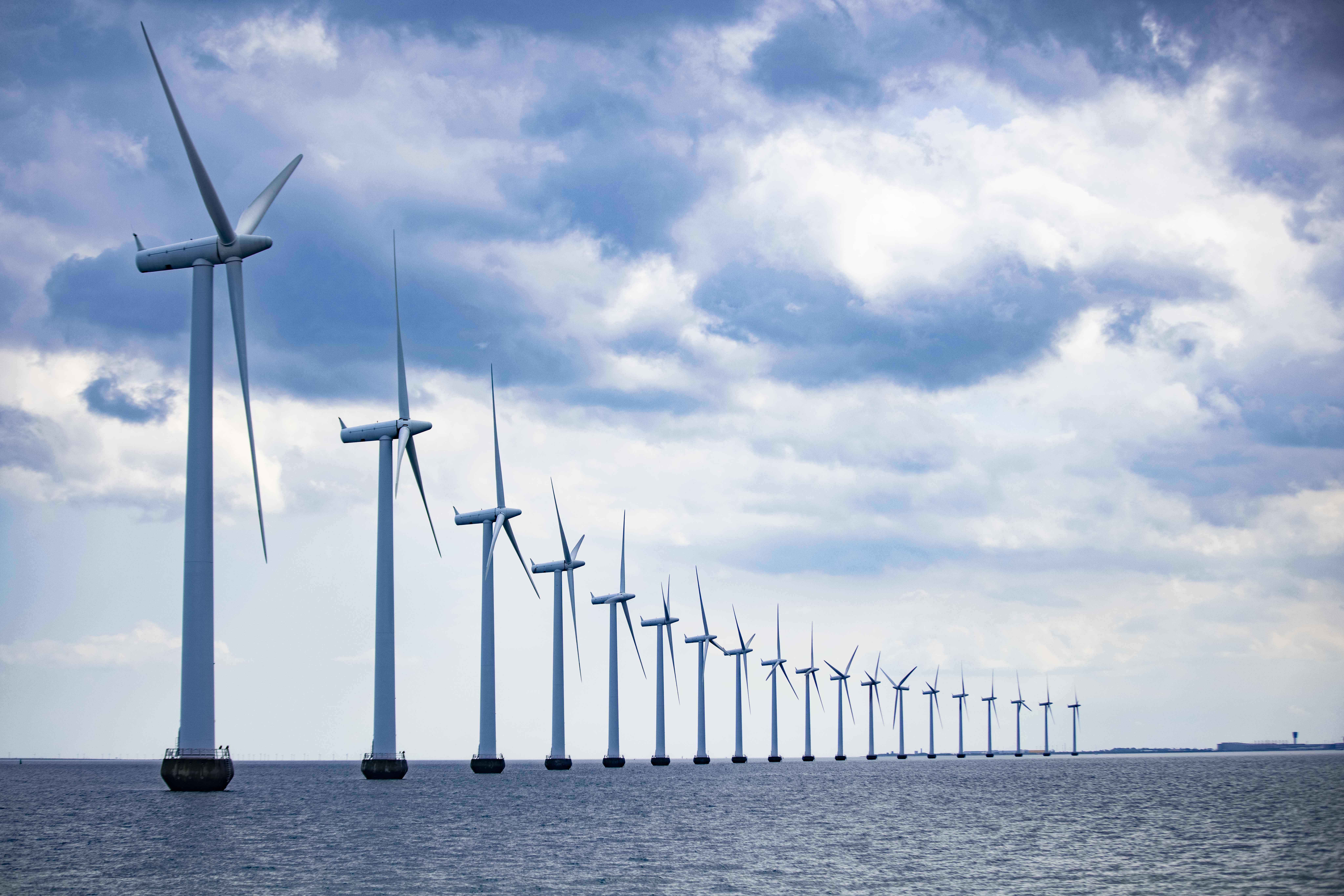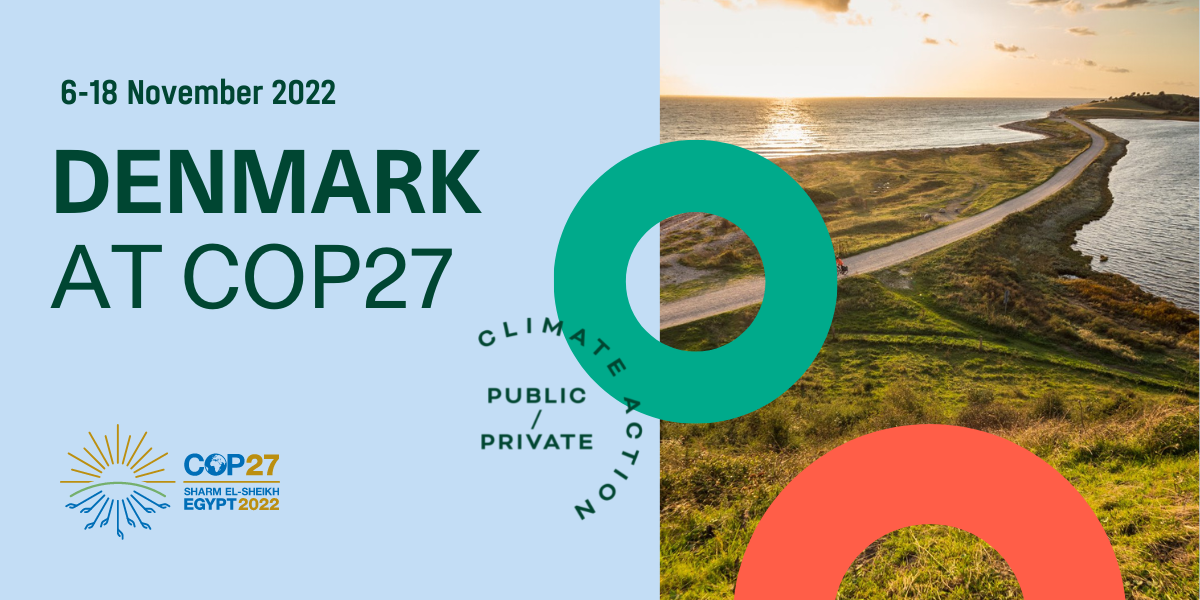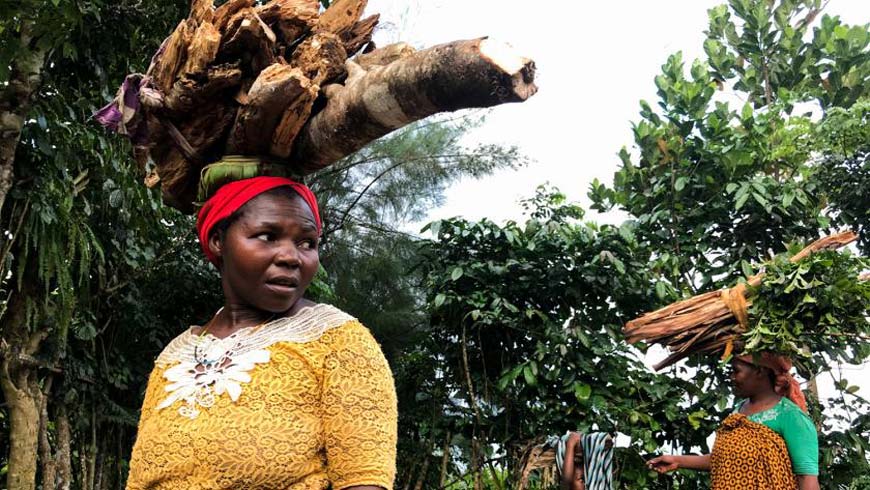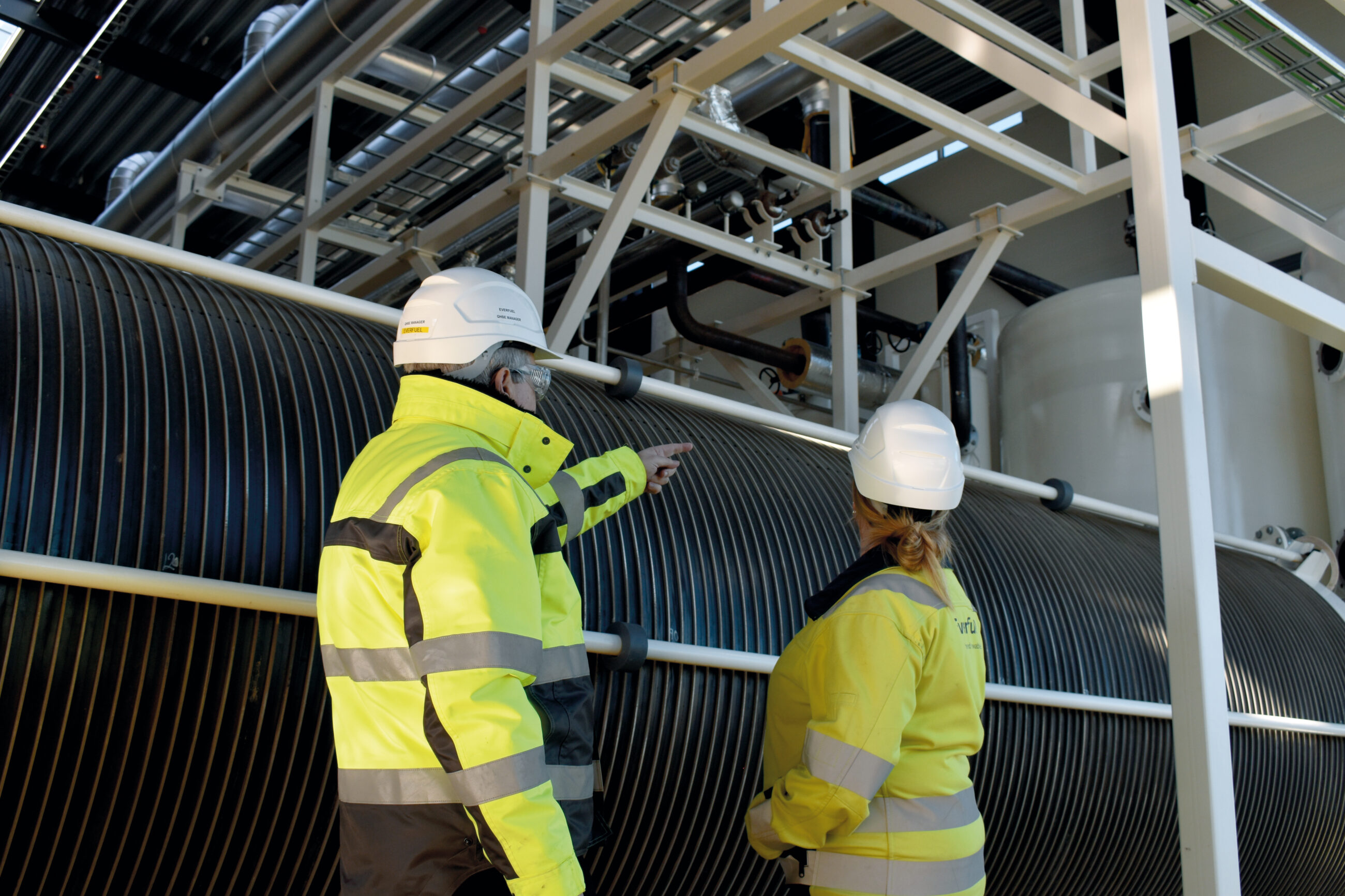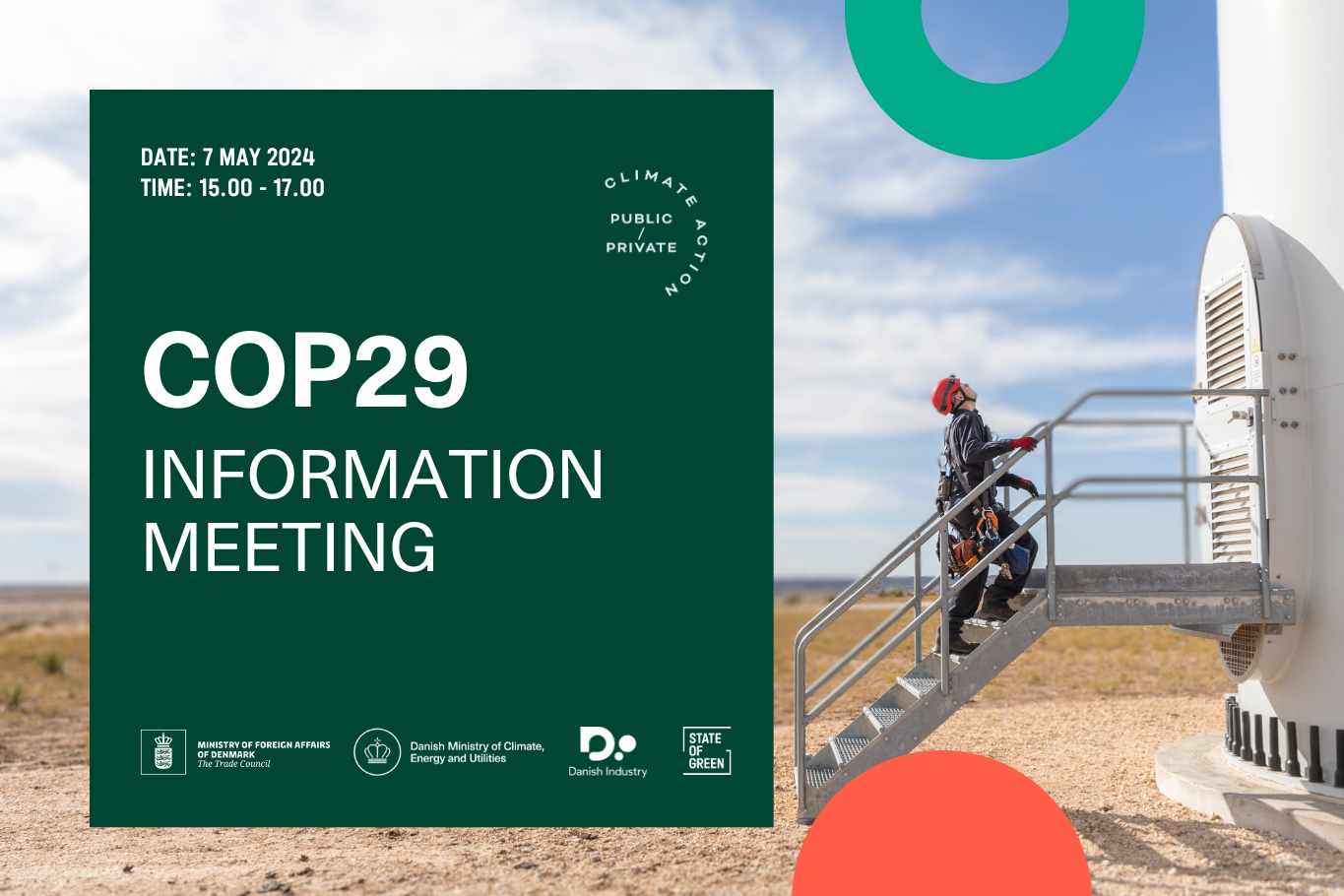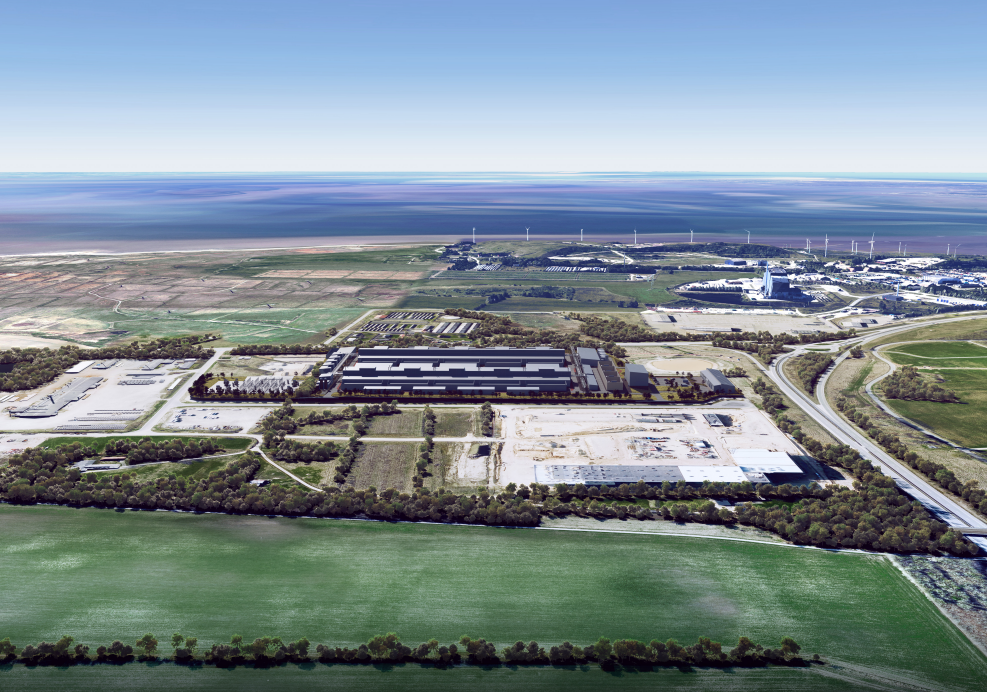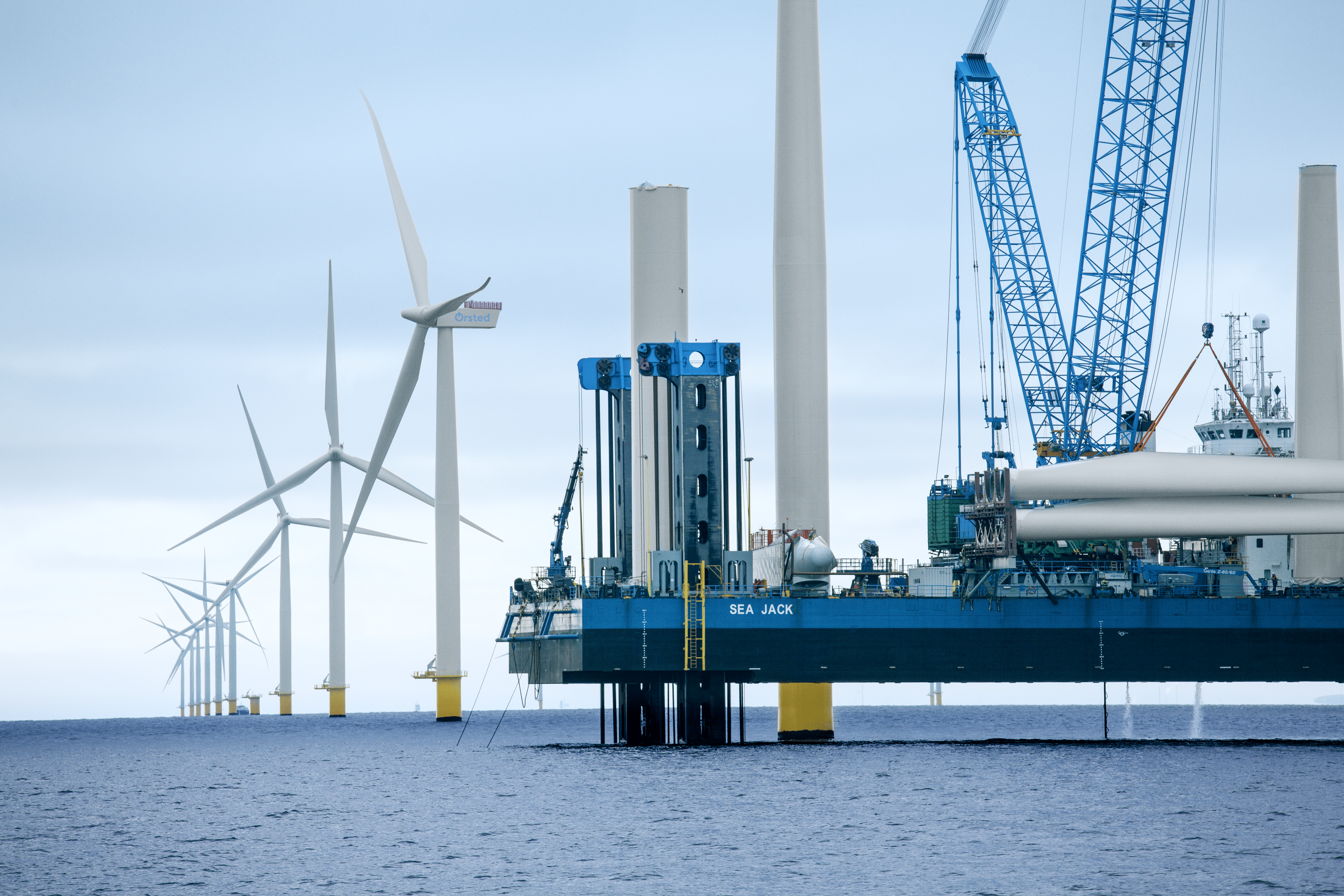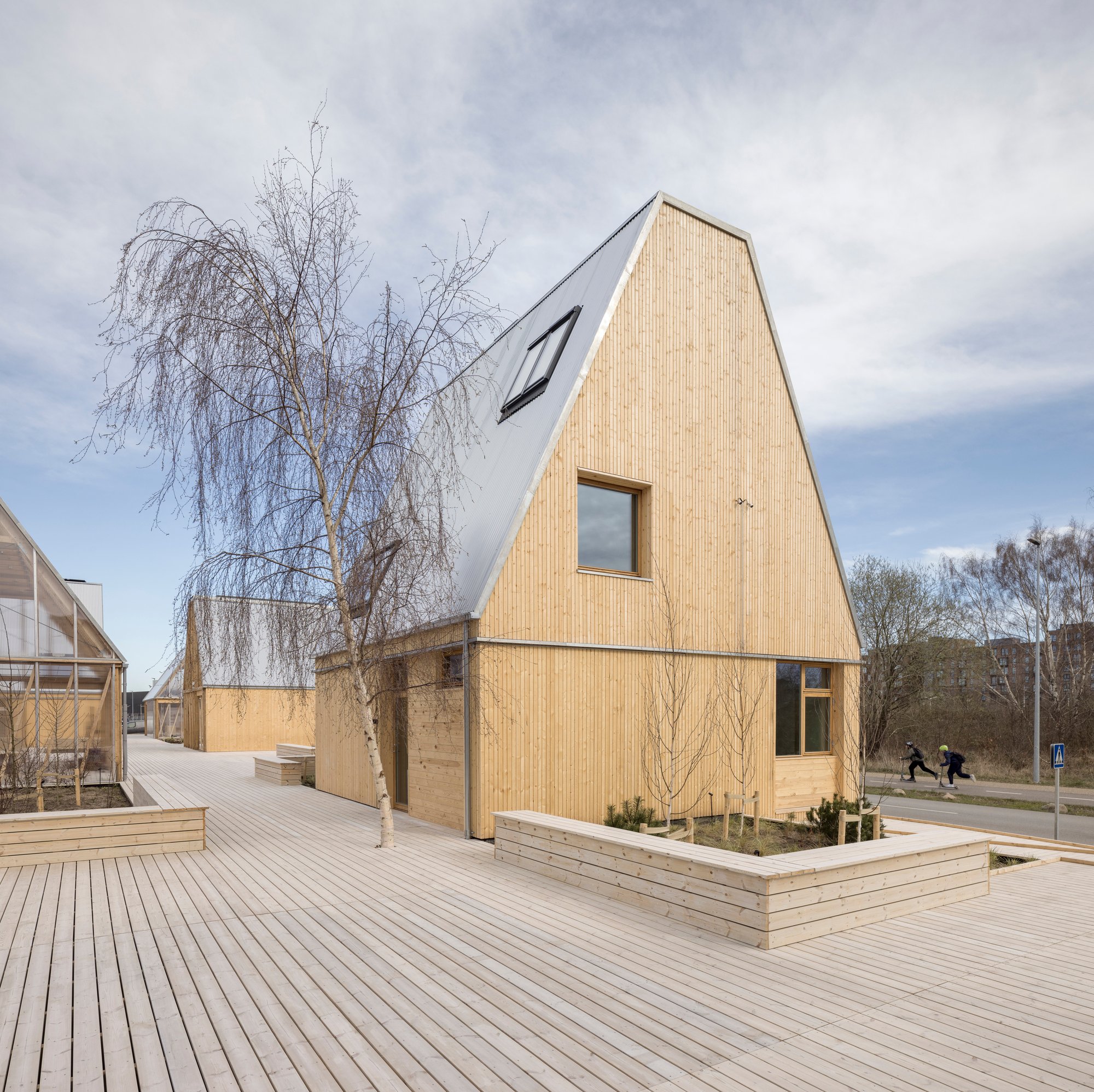Denmark and Egypt re-establishes close cooperation with a broader focus
The new strategic sector cooperation with Egypt builds on a relationship dating back to the 1990s when Denmark and Egypt cooperated closely in the field of wind energy.
Today, the cooperation builds on this relationship by updating previous analyses of wind resources in Egypt and investigating the options for renovation of older windfarms.
In addition, the cooperation will focus on developing energy scenarios and long-term planning of the energy system, which enables political decisions on a more informed basis. This means building capacity within the Egyptian energy authorities and enabling analyses and planning of the energy system, both technically and institutionally.
The cooperation will also provide the Egyptian decision-makers with a more nuanced and accurate picture of the future energy system, and visualize how Egypt can integrate a greater share of renewable energy into its energy mix, in a sustainable and cost-efficient way, without compromising the security of energy supply.
Besides energy modelling, the cooperation will transfer experiences from the Danish energy transition such as liberalization of the electricity market, as well as short-term forecasting of renewable energy production. This will support a future expansion of renewable energy and thus ensure a well-functioning market for electricity, as well as assist in the operation of the energy system.
In 2022, an extension of the cooperation in the field of energy efficiency was implemented as an initiative to reduce the increased future electricity demand, which is expected to increase rapidly following significant population growth. The expansion of the program will support Egyptian energy authorities in building capacity in their energy efficiency unit to develop, coordinate and manage an energy register for large energy consumers.
